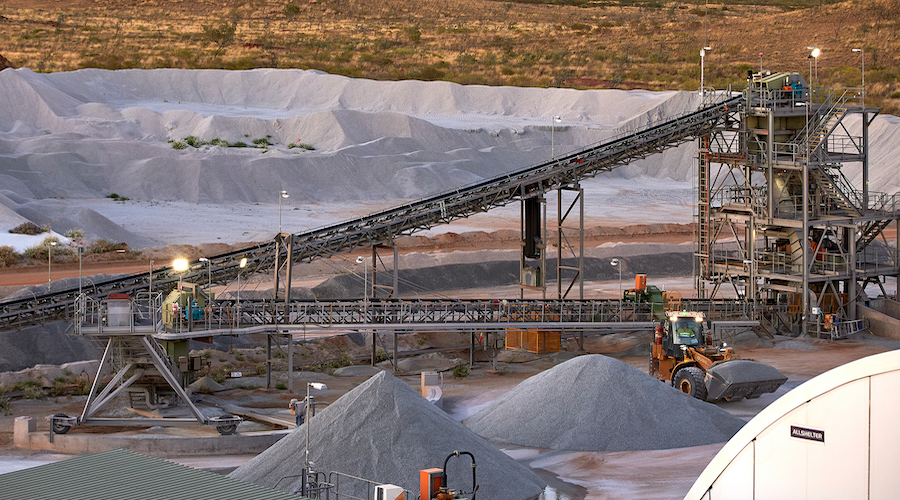
Australia’s Pilbara Minerals has agreed to a study with Chinese customer Ganfeng Lithium on options to build a 32,000 metric-ton-per-year lithium conversion facility in a country yet to be decided, the companies said on Monday.
The feasibility study for the plant that could produce lithium carbonate or hydroxide is expected to be completed in the March quarter of 2025.
The parties are considering a number of locations for a plant, including Australia, to explore greater geographical diversification in the battery chemicals supply chain, the country’s biggest independent lithium miner said in an exchange filing.
Pilbara Minerals already has a joint stake with South Korea’s POSCO in a lithium hydroxide plant and a tie-up with Calix Limited for the construction of a midstream lithium chemicals demonstration plant in Western Australia.
The study will also include the potential production of a midstream lithium chemicals product to help cut transportation volumes and the carbon footprint.
“Preliminary engagement with several countries has indicated strong interest in establishing lithium chemical production with potential economic, taxation and funding incentives on offer, together with access to land and offers of assistance with permitting and approvals,” the Pilbara Minerals filing said.
If the joint venture proceeds, the parties intend to own the project 50:50, but Ganfeng is open to selling down its stake, depending on potential benefits from the US Inflation Reduction Act subsidy scheme that has US sourcing requirements, the companies said.
Pilbara Minerals is expanding production to 1 million tonnes of spodumene a year. It has committed to supply 300,000 tons of spodumene a year for the project via a 15-year offtake agreement if it goes ahead.
If a final investment decision fails to secure approval, Pilbara will supply an extra of 100,000 tons of spodumene to Ganfeng Lithium on an annual basis from 2027 to 2030, on top of the existing offtake agreement, Ganfeng Lithium said in a filing to the Shenzhen Stock Exchange on Monday.
It will in the June quarter decide whether to expand production capacity beyond 1 million tonnes a year, it said in the statement.
(By Melanie Burton and Amy Lv; Editing by Tom Hogue, Jamie Freed and Louise Heavens)
Comments